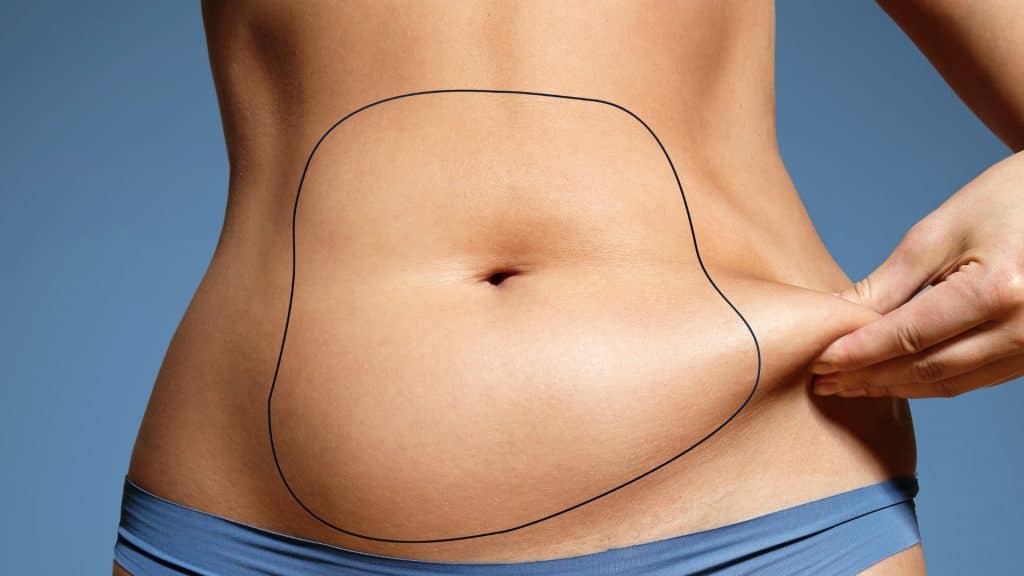Body Contouring
Home > Services
Liposuction, also called lipoplasty, liposculpture suction, lipectomy, or lipo, is a type of cosmetic surgery that breaks up and “sucks” fat from the body that you can’t seem to get rid of through diet and exercise.
Liposuction is a highly versatile treatment that can remove fat in a wide range of areas, such as:

In general, fat is removed via a cannula (a hollow tube) and a suction device. There are two different uses for liposuction: cosmetic liposuction to change the body's contour or shape and reconstructive, medically necessary liposuction. Reconstructive uses include treatment of lipedema, to remove excess fat in the chronic medical condition lymphedema, and to remove lipomas from areas of the body.
Liposuction by a certified experienced plastic surgeon is safe, with a low risk of life-threatening complications.
Some side effects and complications include, but are not limited to, the following:
You are a good candidate for Liposuction treatment, if you
When you wake from the anaesthesia, you will likely be wrapped in a compression garment and elastic bandages to help mitigate excess fluid build-up (swelling) and push the skin into your new contours. There will be some minor pain and discomfort, but it can usually be addressed through over-the-counter or prescription medications.
During the first week, you should expect to see some significant swelling and bruising in the treated area. These tend to dissipate within the first few weeks.
You can expect to have permanent fat removal in the areas that were treated. Our bodies cannot produce new fat cells, so the areas treated by liposuction will never be able to hold fat to the same degree they used to.
Unfortunately, this does not mean that you won’t gain weight. If you ever become sedentary or have weight fluctuation, your body will store it in different areas than it used to. With that being said, if you are diligent about maintaining a healthy lifestyle, then you can look forward to enjoying your results for the rest of your life
Gynecomastia is a common condition in male adults and boys. It causes the breasts to swell and become abnormally large.
Breast gland enlargement may affect males of all ages. Gynecomastia is the result of additional breast tissue rather than fat. Exercising or losing weight will not reduce the breast tissue in Gynecomastia.
The breast consists of firm and dense glandular tissue and softer fatty tissue. A male with gynecomastia may have too much of both types of tissue.
Liposuction can remove excess fatty tissue. After surgery, the chest will be bruised and swollen, and the person may have to wear an elastic pressure garment to reduce the swelling.
Several factors can cause Gynecomastia
Treatment options include:
In cases where gynecomastia is primarily the result of excess fatty tissue, liposuction technique alone may be used. There are various liposuction techniques, the technique most appropriate in your case will be defined prior to your procedure.
Excision techniques are recommended where glandular breast tissue or excess skin must be removed to correct gynecomastia. Excision also is necessary if the areola will be reduced or the nipple will be repositioned to a more natural male contour. Incision patterns vary depending on the specific conditions and surgical preference.
During your surgery recovery period, dressings or bandages will be applied to your incisions and a support garment may be used to minimise swelling and support your new chest contour as it heals after surgery.
Gynecomastia surgery results are immediately visible. Over time, post surgical swelling will resolve and incision lines will fade. Satisfaction with your new image should continue to grow as you recover from surgery.
The perfect age for this surgery is above 18 years of age as there are chances of hormonal fluctuations prior to that age.
Gynecomastia surgery results are meant to be permanent. The excess fat and the glandular tissue that is removed is gone for good. However, it's important to maintain a healthy lifestyle.
You can maintain a low fat and low carb diet to maintain the effects of surgery for a long time.
Scarless breast reduction surgery? Is it possible?
If you’re feeling very distressed about the size of your breasts, or they’re causing problems like neck, shoulder or back pain, you may benefit from breast reduction surgery.
Large breasts can make exercising and other activities difficult. Disproportionately large breasts can cause both physical and emotional distress for patients.
Breast reduction surgery, also known as reduction mammaplasty, can help improve people’s physical and psychological well-being.

Copyright © 2023 The Aesthetic World. Design By Help Together Group